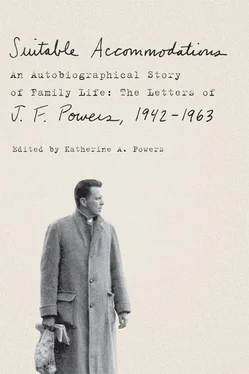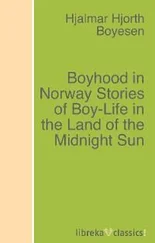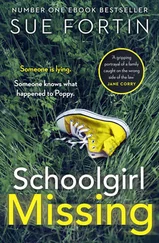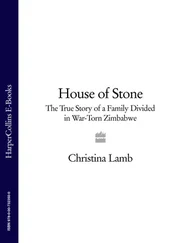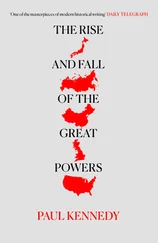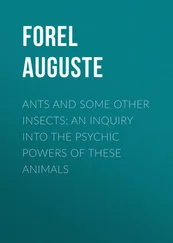Recently, I’ve had glimmers of what a challenge it would be honestly to try to be a saint; glimmers in all the darkness, one or two or three. I am not much tempted, in what I imagine to be the classical sense (St Anthony), but all it comes to is “something to do” instead of cheering or barking, a chance to wag my tail over something one degree more than nothing. Sometimes I enjoy music more (do you know Ravel, La Valse ?), but music is a sometimes thing. Sex, on the other hand, always affords that minor lift — or the idea at bottom does, if not it itself. The small pleasure of pulling one’s fingers out of the dike; the sorrow soon after; the struggle to get the dike in shape again. Tick, tock, night, day, night … if the square root of death is one hour, you know it is not so long, life, and every hour in between is, if you could only let yourself see it, you would get up and leave this interminable double feature after the thousandth time you saw it. Write.
Jim
Elizabeth “Betty” Wahl had graduated that spring from the College of St. Benedict in St. Joseph, four miles from St. John’s in Collegeville, Minnesota. She had been Sister Mariella Gable’s prize student and was now living at home with her parents in nearby St. Cloud, working as a bookkeeper for her father Art Wahl’s construction company. She was also writing a novel under the tutelage of Sister Mariella, who eventually asked Jim to read the manuscript and come up to St. Benedict’s to discuss it. One cannot help seeing matchmaking on Gable’s part and starry-eyed aspiration on Betty’s. Twenty-one years old, romantic, and worshipful, Betty considered the ideal marriage to be union with the mind, body, and soul of a great artist. As for Jim, he was clearly in the mood to be hit by lightning.
MARIELLA GABLE
150 Summit Avenue
October 15, 1945
Dear Sister Mariella,
[…] I shall be pleased to read Miss Wahl’s book, only asking that you send it on and give me until, say, sometime in early November to get it read and up there to talk about it, as you suggest. […] I am conscious of the possible irony in my criticizing the work of someone who has turned out 70,000 words at 21, words which you must not think badly of. But we shall see. I guess I might have more to my credit if I’d been born a girl or as I am with money enough so I wouldn’t have to work at the nonsense I always have had to, or if the call to the colors hadn’t gone out when I was ripe for them, or, as Ted LeBerthon says, if my aunt had whiskers she’d be my uncle. I am amused that you found me a “stripling.” I wish I were five years younger at least. […] Ted LeBerthon, who now lives with me on the sixth floor of this old brownstone ghost of a building, is 53, and most of the time it seems to be the other way around. We can still lie awake at night (Sundays, when I don’t work, anyway) and talk. It is something I used to do as a child and again in high school (the chances of our team in the state tournament) and also when I graduated and hit Chicago (Pater, Huysmans, Baudelaire, Symons). But I don’t think I’ll want to talk in bed when I’m 53. […]
JFP
MARIELLA GABLE
150 Summit Avenue
October 23, 1945
Dear Sister Mariella,
A line to let you know I rec’d your letter and the MS today. I have just finished the first chapter and without going any further would be willing to bet on the book and with more certainty on future books from Miss Wahl. The title, I think, is very bad: the first paragraph likewise. But after that it rides right along. […] There is a very rare honesty, it seems to me, about the first chapter. I am even a little awestruck by it. […] I like especially the ease with which Miss Wahl writes. Shattuck (of Accent ) would love it. I have a private opinion ease comes easier with women. […] A woman I know, the mother of a close friend, works as a saleslady in a department store. She used to run out and rub the back of a hunchback, calling him “old huncher,” for good luck. I was fascinated with the idea of it, or not only the idea (the cruelty of it lurking at several removes) but this particular woman involved in it, but the more I said it in various ways to myself the further I got away from the art of the thing. […]
Best,
Jim
MARIELLA GABLE
150 Summit Avenue
November 1, 1945
Dear Sister Mariella,
I think I ought to tell you the weekend of the 11th looks likely. […] I will say I think the book ought and — which is more — will be published. I would offer the services of my agents28 if Miss Wahl would care to have them. […] But we can talk about that too. I should want (if my criticism is to be abided by, and I am not sure I wish it so) to go through every chapter. Such things as the candle making, the Sister who presides there, should be the case more often in this book. I feel something about the place (St Benedict’s) is very wonderful and unique and deserves more going into than it gets. But, as before, more anon.
Best. Pax.
MARIELLA GABLE
150 Summit Avenue
November 6, 1945
Dear Sister Mariella,
[…] I have been negotiating with buses and trains and nuns. […] It might be easier for all of us for you to leave the convent and for Miss Wahl to run away from home. […]
Pax.
Jim finally met Betty Wahl on Saturday, November 10, 1945, and proposed marriage to her two days later. She accepted.
2. With you it will be like being ten years old again, November 12, 1945–November 29, 1945

Betty Wahl
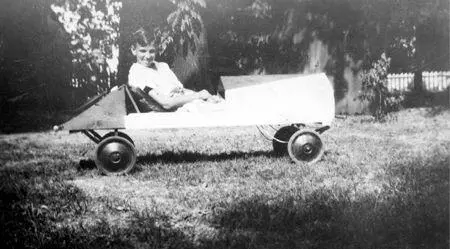
Jim
Jim and Betty’s engagement produced hundreds of letters. Jim’s were filled with love and yearning, even Betty’s way of saying grace before meals stirred him: “You say it with more beauty than anyone I’ve ever seen. It is perfect when you say it, like a dog digging a hole with his muzzle.” The engagement also brought Jim more frequently to the environs of St. John’s Abbey and University in Collegeville, Minnesota, a place awash with Catholic reform. Jim called the region “Big Missal Country,” a witty reference to the prayer book whose use was ardently promoted by liturgical reformers. Jim already had an association with the place through his radical and reforming Catholic friends whom he called “the Movement.” Chief among them was Emerson Hynes, who taught sociology at St. John’s and was, with his wife, Arleen, a fervent practitioner and leader in the Catholic rural- and family-life movements. Though Jim was fond of these people, he took an increasingly dyspeptic view of most of their causes, especially the emphasis on the family, which made him shudder, and the movement to increase the liturgical role of the laity, which he liked to call anticlericalism.
HARVEY EGAN
St Paul, California1
November 12, 1945
Dear Pere,
[…] I spent the weekend with Sister Mariella at St Benedict’s. I am filled with what I choose to call Benedictinism. I saw Emerson Hynes and wife one night (Sunday), and my faith was shaken. T. à Kempis2 is now no longer with us. I had thought he enjoyed an irremovable position. Much to talk about with you.
I have the road more or less prepared for you to enter into their midst.
I met the girl whose novel I was reading for Sister Mariella. I think I will marry her. That, too, to discuss. […]
Pax,
JF
Don Humphrey, another member of the Movement, now enters the letters. An artist, sculptor, and chalice maker, he had also participated in the Catholic Worker movement. At this time he was living in poverty and precarious circumstances with his large family in the Twin Cities area. Jim found the best sort of camaraderie in Humphrey and was appalled by his predicament as a man of great artistic talent whose life was blighted, as Jim saw it, by too many children and no money.
Читать дальше
